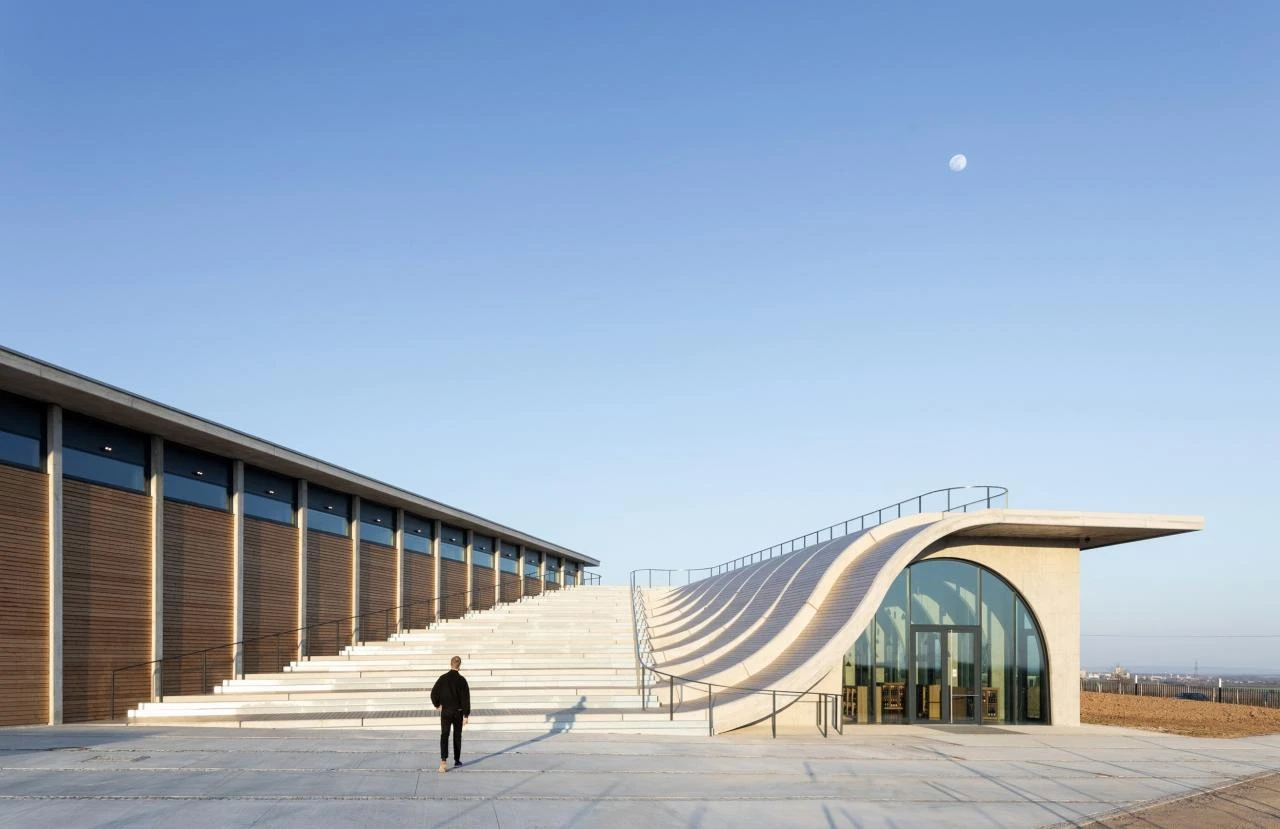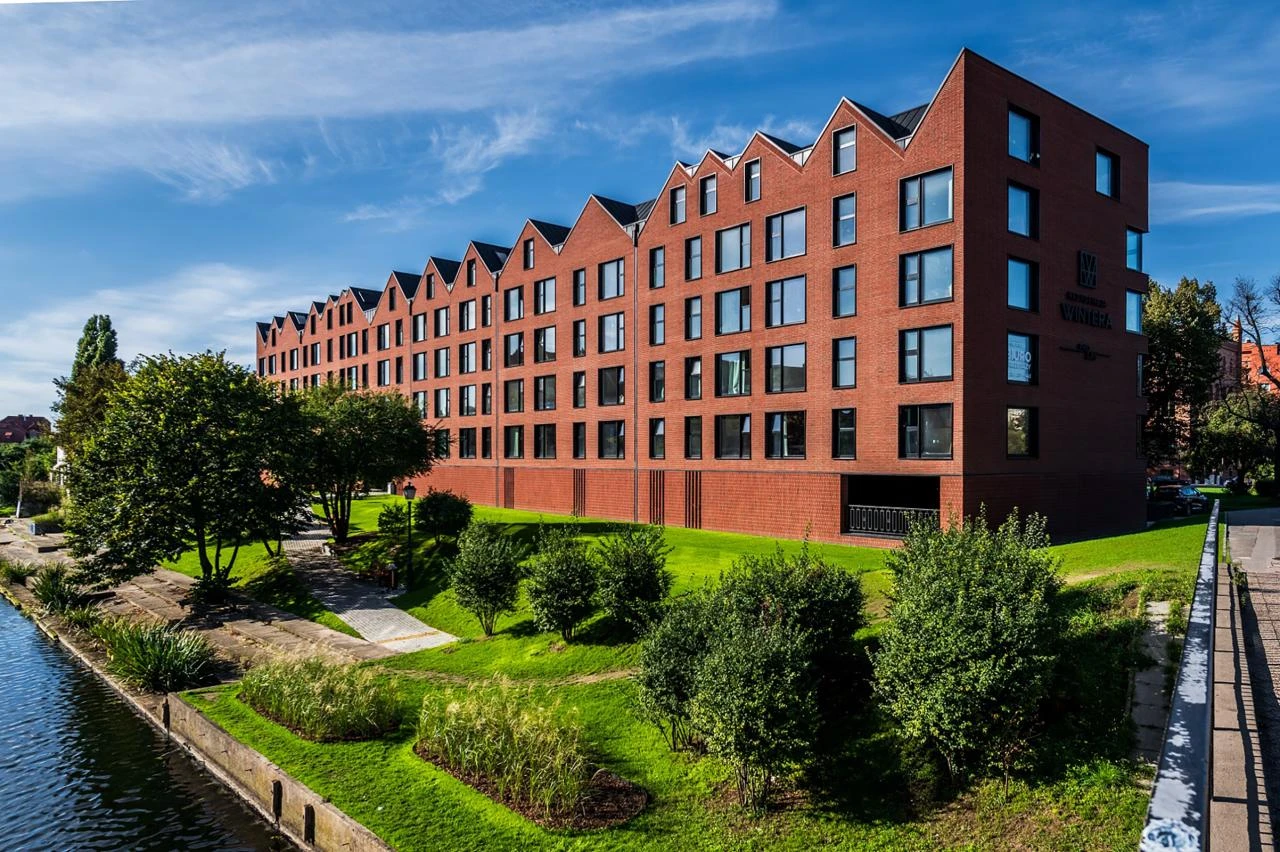How can you convince construction companies of sustainable construction?
In the context of the current climate and energy crisis, as many companies in the construction sector as possible should know why and how to incorporate environmentally friendly solutions into their services portfolio.
Governmental support programmes for sustainable building, the gradual tightening of regulations governing the environmental standards that buildings under construction and renovation must meet as well as promoting education and environmental awareness among the public are all factors that make green construction a safe and profitable investment today.
The awareness of the benefits of sustainable building can now be seen primarily in the commercial properties market: office, hotel and retail. It is now commonly accepted that a modern building is an environmentally friendly one. Green solutions are being applied much slower in the residential construction sector. How can you convince construction companies of sustainable construction? The following arguments may be effective.
More attractive investments
Over the long term, buildings that do not meet certain environmental standards may simply be unattractive to investors. The functional ageing of green investments (i.e. the loss of use value of a building due to technical progress) over the years will be much less compared to similar traditional buildings. Consequently, the risk of losing tenants is also diminished and the investment value becomes more stable.
Ecology and social responsibility are the current priorities. This is true for global corporations as well as private users who care about the environment around them and are more frequently choosing investments that serve this purpose.
Sustainable building also means reduced energy consumption, leading to lower energy bills. Green buildings are also more resilient to future changes in energy prices as well as the institutional and legal environment.

Vinařství Lahofer, Vinice 579, Dobšice, the Czech Republic. Systems used: MB-104 PASSIVE, MB-78EI, MB-SR50N.
Subsidies and programmes to support green construction in the Czech Republic
Financial aspects are one of the main investment barriers to sustainable construction. Using modern, environmentally friendly solutions is usually associated with higher investment costs. These, however, translate into bigger savings in the future.
A solution to the issue of increased initial costs of an investment is the numerous subsidies and government programmes to support green construction. One of those is the Czech New Green Savings programme, which has been implemented since 2014 with the aim of reducing the energy demand of residential buildings. The funds obtained can be used to:
- build passive single-family and apartment buildings;
- thermally insulate façades, roofs and ceilings, and replace windows and doors;
- purchase single-family houses and flats with very low energy consumption;
- install PV systems and solar panels;
- build green roofs and outdoor shading structures;
- install underground rainwater collecting tanks;
- build a system to recover heat from treated wastewater;
- install a mechanical ventilation system with heat recovery;
- replace heat sources with heat pumps, biomass boilers or make a connection to central heating;
- buy and install EV charging stations in residential and family buildings;
- plant trees in a public area near residential buildings.
The funds are available to, among others, single-family homeowners, building companies, cooperatives, homeowner communities, municipalities, cities and property developers.
In the Czech Republic, there is also the Dešťovka subsidy programme, aimed at increasing the re-use of rainwater and wastewater. Subsidies are available for building a storage system for rainwater, which can later be used to water plants or for cleaning (car washing, pavement cleaning). The fixed amount of the subsidy varies from CZK 20,000 to CZK 60,000, depending on the technology bought, to which CZK 3,500 is added for each cubic metre of the tank’s volume. The minimum tank volume must be 2 m³.
Care for the environment: our common good
Vast amounts of energy and natural resources are consumed in the manufacturing process of traditional building materials. The chemical and thermal combustion process during the production of cement, which is the main ingredient in concrete, accounts for approx. 8% of global carbon dioxide emissions. This is more than the CO2 emissions from aviation fuel (2.5%). What’s more, at the end of a material’s life cycle, it usually cannot be recycled and reused in a new project.
Using state-of-the-art, energy-efficient and environmentally friendly solutions in construction, such as raw materials that are not detrimental to nature and that can be recycled or easily reused in other ways, contributes meaningfully to slowing environmental damage.
Higher living standard
Since the traditional construction model does not factor in ecology, such buildings have also become less comfortable for their occupants. Overusing concrete has created so-called urban heat islands, accumulating massive amounts of heat that make it difficult for people to function during summer days. In turn, insufficient green cover has hampered the natural retention of water during rainfall. As buildings are exposed to excessive sunlight, they heat up, and with the immediate vicinity of streets, air pollution worsens and traffic noise is not isolated in any way. All these factors combined degrade people’s living and working environments.
Ecological construction introduces solutions that bring buildings and their users closer to nature. Green roofs, vertical gardens, glazing and more greenery around the building are just a few examples of how a building and infrastructure can be adapted to suit people’s needs well. Over recent years, homes have also become workplaces for many people and there is a greater focus on the amenities that a living space offers as well as its improved energy efficiency and self-sufficiency.

Rezydencja Wintera, Gdańsk, Poland. Systems used: MB-45, MB-78EI, MB-86.
Good availability of solutions and materials
Aluminium is an environmentally friendly building material with a large number of solutions commercially available. It is ideally suited for windows, doors or façades. This material is valued above all for flexible section design and resistance to harsh weather conditions. Aluminium is a raw material that can be almost entirely recovered, recycled and reused.
Using the right glazing units with low-emission glass, aluminium windows, doors and façades can work well in the most demanding building applications in terms of energy efficiency, including passive buildings. One example is Aluprof’s MB-104 Passive window and door system, whose thermal insulation coefficient (Uw) for an openable window starts at 0.53 W/(m²K). This parameter is one of the lowest in the industry, as certified by the Passive House Institute PHI in Darmstadt.
Let’s build a better future
Using solutions that align with the principles of sustainable building brings economic benefits and contributes to a higher standard of living. Aiming for as low as possible or even zero energy consumption is extremely important, especially in the midst of the current climate and energy crisis.
For more information on cutting edge solutions for sustainable building, including award-winning projects in the Building of the Year competition with Aluprof systems, visit the Future Builders webpage.
